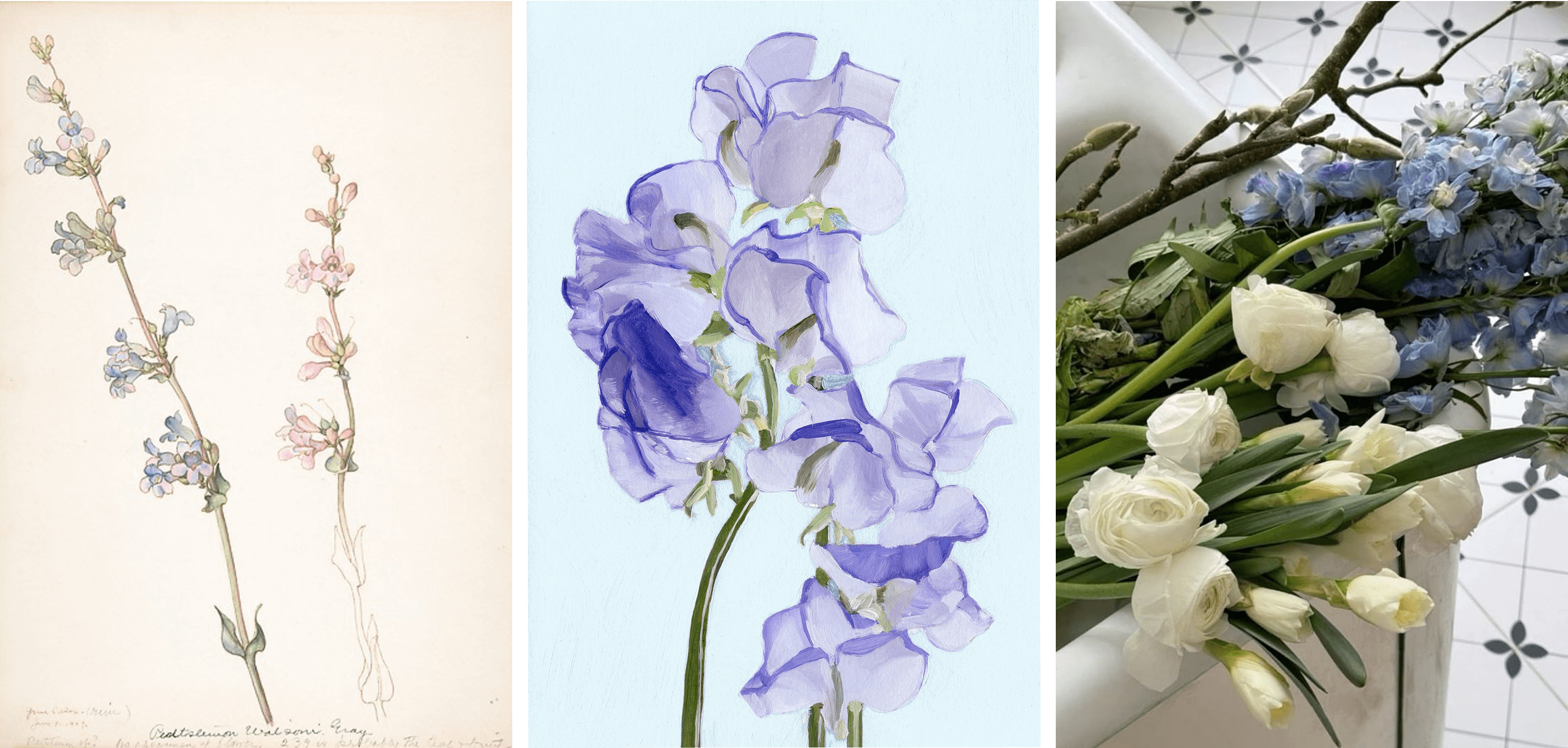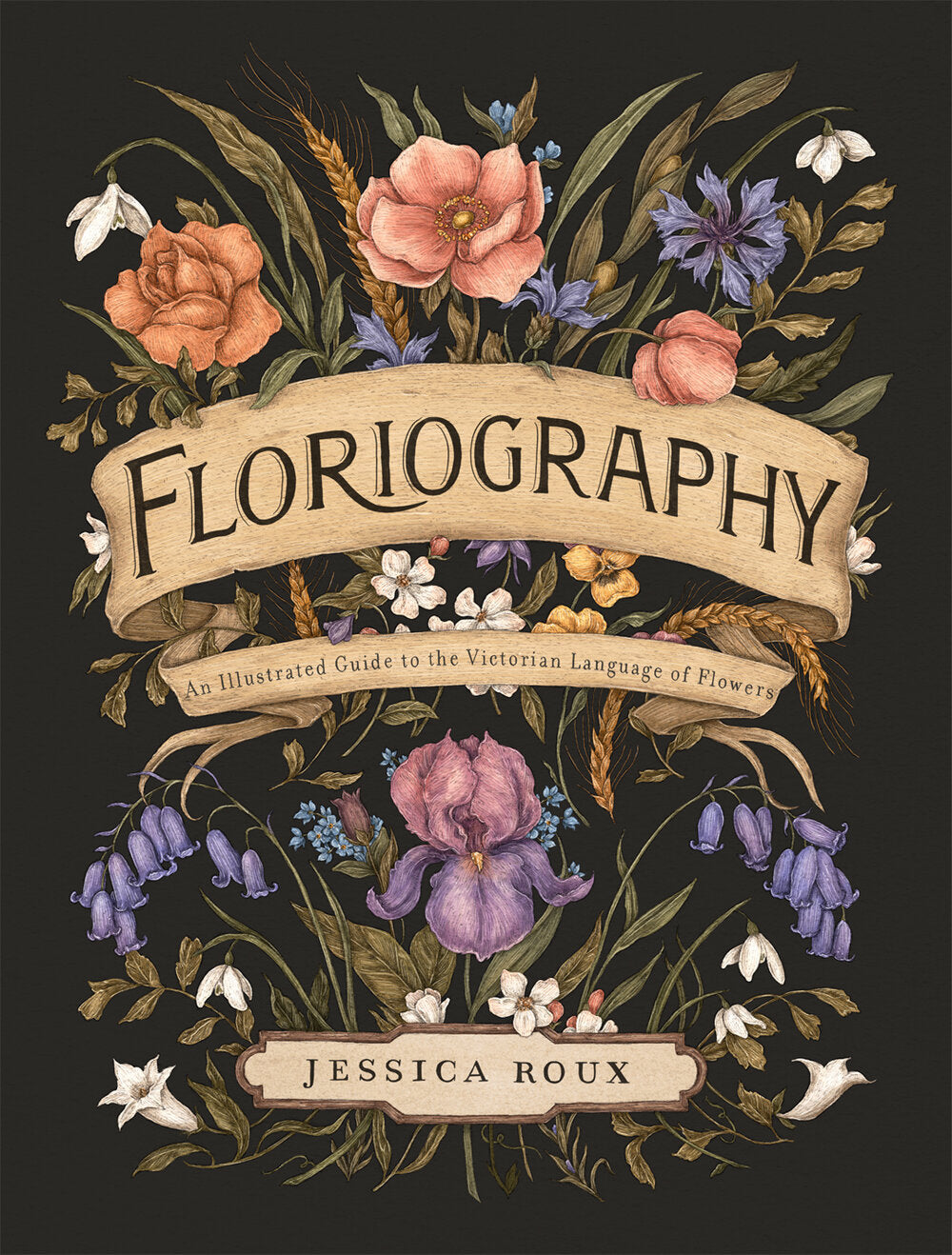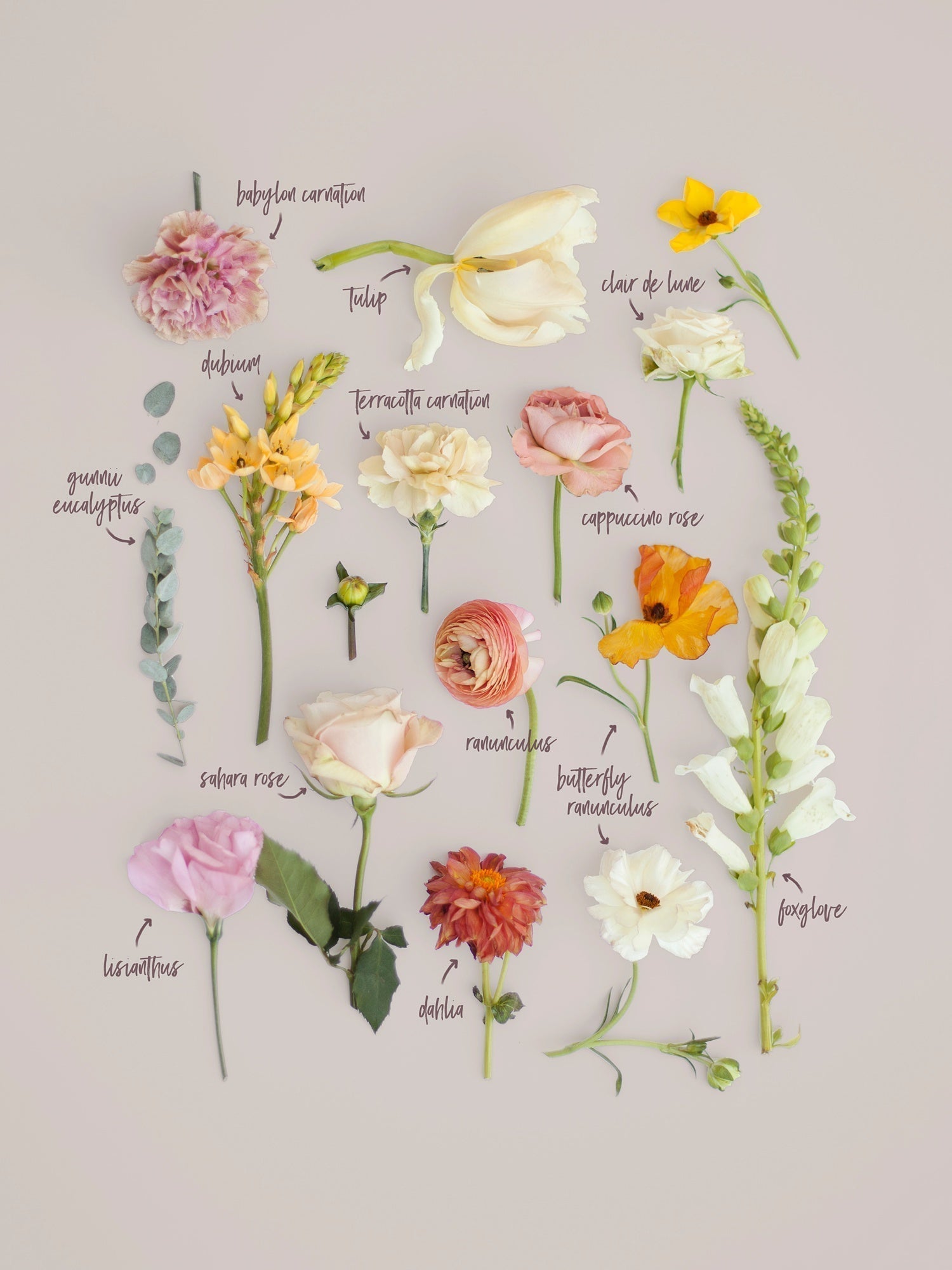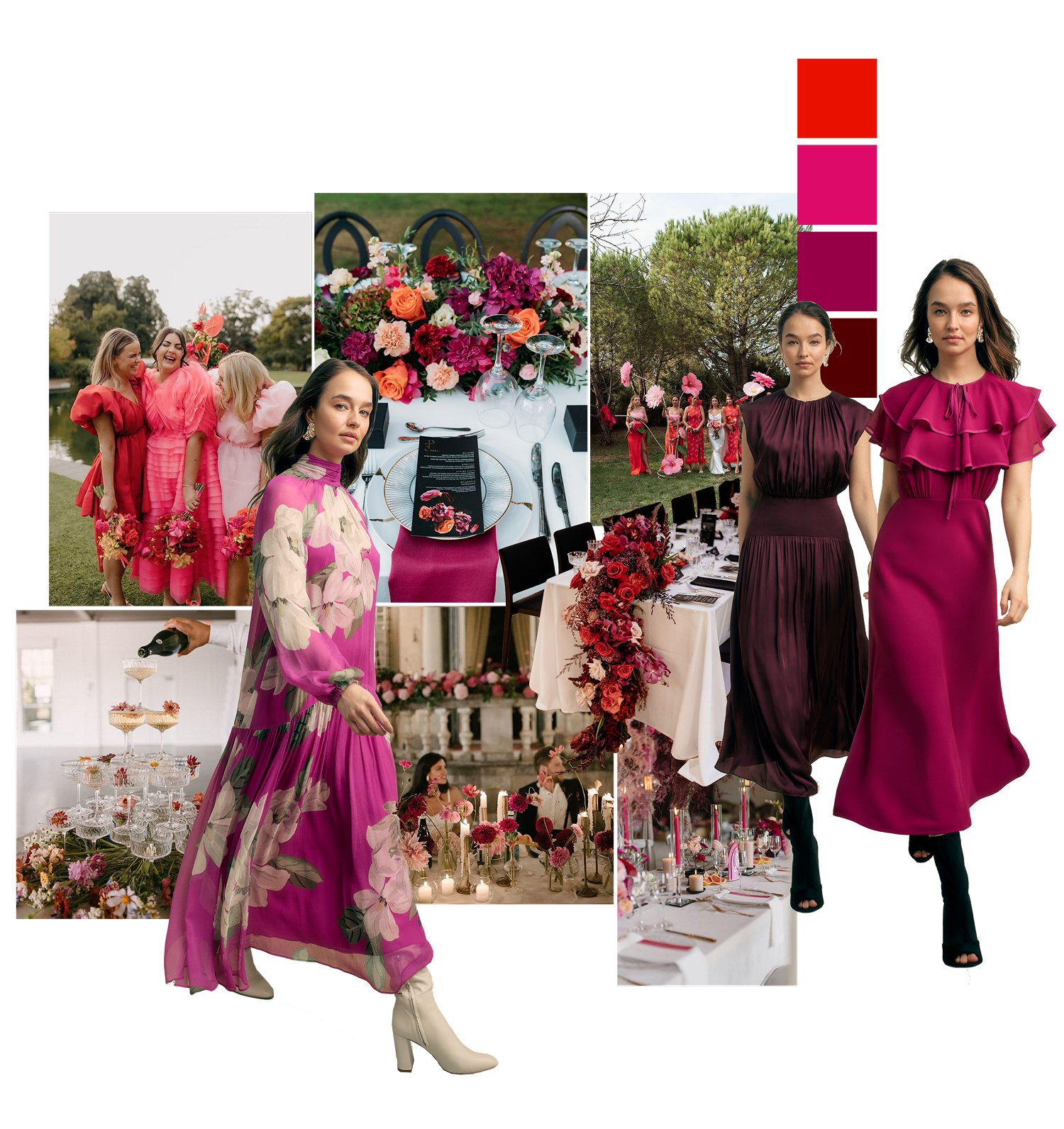Floriography: The Hidden Language of Flowers
For centuries, people have turned to flowers not only for their beauty and fragrance but also for their symbolic meanings. Floriography, the language of flowers, is a tradition where specific flowers, and even their colours are used to convey messages and emotions. Long before texting and emojis, blooms were coded expressions of love, sorrow, friendship, or secrecy, allowing people to speak from the heart without uttering a word.
The Roots of Floriography
The concept of attributing the meaning to flowers is ancient, with traces found in Greek and Roman mythology, Persian literature, and Asian traditions. Floriography as a formal system blossomed during the Victorian era in 19th-century England. At a time when strict social etiquette discouraged open expressions of romantic or emotional feelings, people found creative ways to communicate through bouquets.
Flower dictionaries became popular, books that explained the meanings of different flowers, allowing individuals to "read" the messages in floral arrangements. A red rose, for example, signified passionate love, while a yellow rose could suggest jealousy or infidelity. Giving someone a posy was like sending them a coded letter.

Meanings Behind the Blooms
Here are some commonly known flower meanings:
Red Rose: Love and desire
White Lily: Purity and virtue
Forget-Me-Not: True love and remembrance
Lavender: Devotion and tranquility
Sunflower: Admiration and loyalty
Peony: Bashfulness or a happy marriage
Violet: Modesty and humility
It wasn’t just the flower species that held meaning, colour, condition, and arrangement mattered too. For instance, a flower given upside down could reverse its meaning, or combining certain blooms could tell a more nuanced story.

Why It Still Matters
We are inspired by the work of Jessica Roux and Alice Tye, where in an age where communication is often fast and fleeting, Floriography invites us to slow down and express ourselves with thoughtfulness. A flower can become a messenger of love, sympathy, hope, or healing, carrying more than just visual appeal, but also a whisper of unspoken words.
Credits:
'Walsoni Gray' (1913). Watercolour and brown ink by Margaret Neilson Armstrong
PINTEREST
MET MUSEUM
ALICE TYE
JESSICA ROUX


